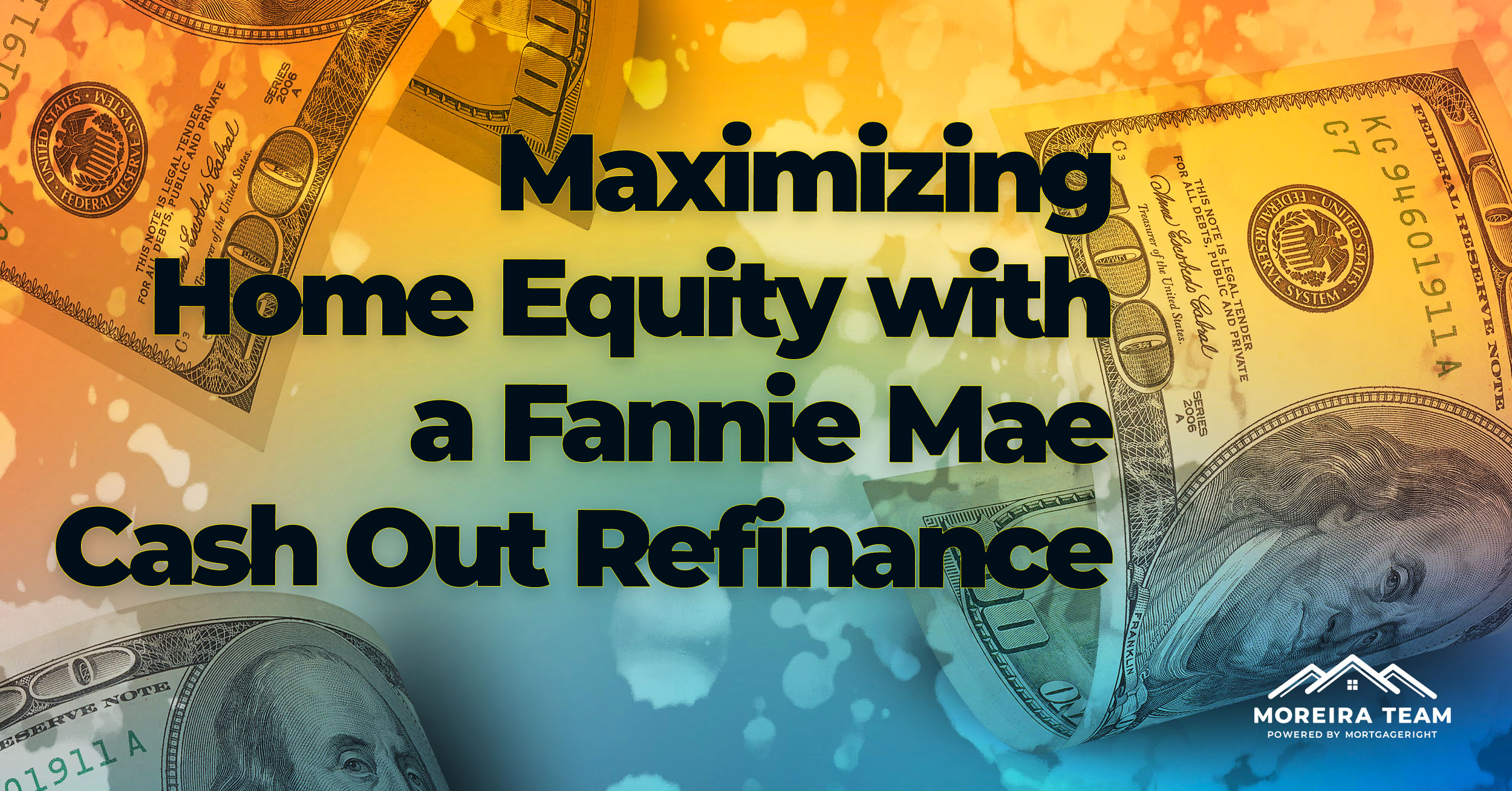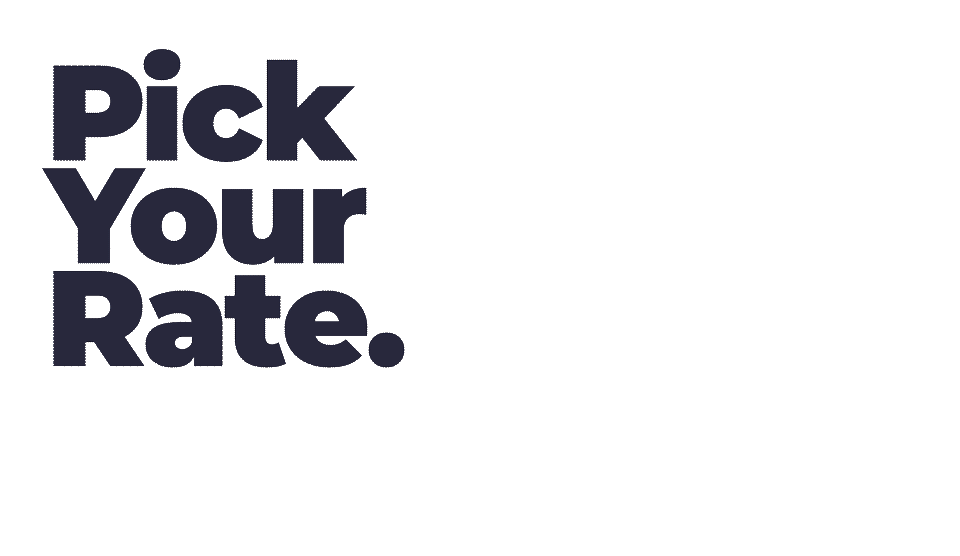
In this article
- Key Takeaways
- Introduction to Refinancing
- Understanding Fannie Mae Cash Out Refinance
- Refinance Options
- Eligibility Requirements for Borrowers
- Primary Residence Requirement
- Credit Score and Income Documentation
- Steps to Apply for a Fannie Mae Cash Out Refinance
- Find a Lender
- Gather Necessary Documents
- Complete the Application Process
- Benefits of a Fannie Mae Cash Out Refinance
- Potential Uses for Cash Out Proceeds
- Costs and Fees Associated with a Cash Out Refinance
- Managing Closing Costs
- Common Challenges and How to Overcome Them
- Avoiding Common Mistakes
- Summary
- Frequently Asked Questions
- What is a Fannie Mae cash-out refinance?
- What are the primary requirements to qualify for a Fannie Mae cash-out refinance?
- How can I use the proceeds from a cash-out refinance?
- What are the costs associated with a cash-out refinance?
- What are common challenges in the cash-out refinance process and how can I overcome them?
Are you looking to access cash from your home’s equity? A Fannie Mae cash-out refinance might be the solution, adhering to Fannie Mae’s guidelines and requirements. By refinancing to a higher loan amount, you can use the extra funds for home improvements, debt consolidation, or unexpected expenses. The cash-out refinance transaction must be used to pay off existing mortgage loans by obtaining a new first mortgage secured by the same property. This guide will explain how it works, its benefits, and the steps to apply.
Key Takeaways
- A Fannie Mae cash-out refinance allows homeowners to turn equity into cash for expenses like home improvements or debt consolidation.
- To qualify, borrowers need a primary residence, a minimum credit score of 620, and must have had their existing mortgage for at least 12 months before the new loan’s note date.
- The process includes finding a lender, gathering necessary documents, and completing the application, while being aware of appraisal and closing costs.

Introduction to Refinancing
Refinancing a mortgage can be a strategic move to lower monthly payments, access home equity, or adjust loan terms to better fit your financial goals. One popular option is a cash-out refinance, which allows borrowers to refinance their current loan and receive cash proceeds. These proceeds can be used for various purposes, such as home improvements, debt consolidation, or covering unexpected expenses.
Fannie Mae and Freddie Mac, two government-sponsored enterprises, play a crucial role in the mortgage industry by providing guidelines and support for refinancing options. When considering refinancing, it’s essential to evaluate your financial objectives and contact your lender to discuss the best options tailored to your needs. For example, a cash-out refinance can be an excellent way to leverage your home equity for significant financial benefits.
Understanding Fannie Mae Cash Out Refinance
A Fannie Mae cash-out refinance allows homeowners to convert their home equity into cash by replacing their existing mortgage with a new one that has a higher loan amount, applicable to various types of properties. This means that instead of merely refinancing your current mortgage to secure a better interest rate or term, you can actually take out a portion of your home’s equity in the form of cash. The amount you receive at closing can be used for a variety of financial needs, making this option highly versatile.
Unlike traditional refinancing, which focuses on adjusting the interest rate or loan term, a cash-out refinance is designed to provide immediate cash access. This makes it an attractive option for homeowners looking to fund significant expenses such as home improvements, educational costs, or even medical bills. Essentially, Fannie Mae’s cash-out refinance lets you leverage your home equity to meet your financial goals without having to sell your property or take out a separate loan.
The flexibility and potential financial benefits of a Fannie Mae cash-out refinance make it a compelling choice for many homeowners. Whether you’re looking to improve your home, pay off high-interest debt, or simply have a financial cushion for unexpected expenses, this refinancing option can provide the liquidity you need while still maintaining the benefits of homeownership.
Refinance Options
Refinancing options come in various forms, and lenders may offer different loan terms to suit your needs. A cash-out refinance transaction, for instance, involves replacing your existing mortgage with a new one, allowing you to tap into your home equity. According to Fannie Mae’s guidelines, for a special purpose cash-out refinance, at least one borrower must have jointly owned the subject property for at least 12 months. Properties that were listed for sale must have been taken off the market on or before the disbursement date of the new mortgage loan. On the other hand, Freddie Mac requires the property to have been used as a primary residence for the last 12 months.
Borrowers have the flexibility to work with their existing lender or seek out a new one. It’s highly recommended to contact several lenders to compare loan terms, interest rates, and fees. This comparison will help you find the best refinancing option that aligns with your financial goals and provides the most favorable terms.
Eligibility Requirements for Borrowers
Before diving into the application process, it’s crucial to understand the eligibility requirements for a Fannie Mae cash-out refinance. Borrowers must meet specific criteria related to credit scores, income verification, and property ownership duration to qualify. These requirements ensure that the borrower is financially stable and capable of managing the new loan amount.
One of the key requirements is that the existing mortgage must be at least 12 months old before you can apply for a cash-out refinance, ensuring that the borrower has been on title for at least six months prior to the new loan’s note date. If an existing first mortgage is being paid off through the transaction, it must also meet this 12-month requirement. This is to ensure that the borrower has a consistent payment history and is in a stable financial position. Additionally, borrowers must meet specific credit, income, and occupancy criteria.
Let’s delve deeper into the primary residence requirement and the necessary credit score, income documentation, and other requirements.
Primary Residence Requirement
To qualify for a cash-out refinance, the subject property must be the borrower’s primary residence. This means that at least one borrower must live in the home as their main place of residence. This requirement is in place to ensure that the funds from the refinance are used responsibly and that the borrower has a vested interest in the property.
There are specific exceptions to this rule, such as in cases of divorce or other legal arrangements under the law. For the majority of borrowers, meeting the primary residence requirement is straightforward; for example, they must provide proof of residency.
Ensuring that the property is your primary residence not only qualifies you for the refinance but also aligns with Fannie Mae’s goal of helping homeowners access their home equity for beneficial purposes like home improvements and other financial needs, as an owner.
Credit Score and Income Documentation
Credit score and income documentation are critical components of the eligibility criteria for a Fannie Mae cash-out refinance. Typically, borrowers need a minimum credit score of 620 to qualify. This score reflects the borrower’s creditworthiness and financial stability, which are essential for managing the new loan amount responsibly.
In addition to a good credit score, comprehensive income documentation is required to assess the borrower’s ability to make the new mortgage payments on the note date. This includes providing recent pay stubs, tax returns, and additional information as proof of income, which are critical for the note.
Having at least one borrower meet the following requirements apply is crucial for a successful application. Proper documentation not only helps in qualifying for the refinance but also ensures that the eligible borrower can comfortably manage the new financial obligations.
Steps to Apply for a Fannie Mae Cash Out Refinance
Embarking on the journey of a Fannie Mae cash-out refinance involves several crucial steps. The process begins with selecting a suitable lender who offers Fannie Mae cash-out options and understanding their specific requirements, including how the borrower acquired the property. From there, you’ll need to gather the necessary documents to support your application and complete the process by going through the appraisal and closing stages.
To give you a clearer roadmap, we’ll break down the process into three main steps: finding a lender, gathering necessary documents, and completing the application process. Each step is vital to ensure a smooth and successful refinance transaction.
Find a Lender
The first step in the refinance transaction is to find a lender who is experienced with Fannie Mae cash-out refinance options. It’s important to compare interest rates, fees, and customer reviews when searching for lenders. This will help you identify a lender that offers competitive rates and favorable terms for your financial situation.
Consider both online and local mortgage providers to find the best fit for your needs, and refer to specific guidelines for detailed information. By thoroughly researching and comparing lenders, you can ensure that you choose one that aligns with your financial goals and offers the best terms for your cash-out refinance.
Gather Necessary Documents
Once you’ve selected a lender, the next step is to gather all the necessary documents required for your application. Key documents include recent pay stubs, tax returns, and bank statements to verify your income. Additionally, you’ll need to provide details about your existing mortgage and other relevant financial information, including documentation of the purchase transaction.
Having all your documents organized and ready will streamline the application process and reduce any potential delays. Ensuring that you have comprehensive documentation is crucial for meeting the lender’s requirements and successfully completing the refinance transaction.
Complete the Application Process
The final step in the application process involves completing the necessary forms and undergoing a home appraisal, ensuring that the title has been transferred appropriately. The appraisal determines the market value of your property, which is a critical factor in the refinancing process. If the appraisal value is lower than expected, it may affect the amount of cash you can withdraw.
Closing costs are another important consideration in this stage. These costs typically range from 0% to 3% of the loan amount and can include fees for the appraisal, title search, and other services. Understanding and preparing for these costs will help ensure a smooth closing process and successful completion of your cash-out refinance.
Benefits of a Fannie Mae Cash Out Refinance
Opting for a Fannie Mae cash-out refinance offers several financial benefits. One of the main advantages is the potential to lower your monthly mortgage payments due to favorable loan terms. This can provide significant savings over the life of the loan, freeing up more of your income for other financial goals.
Additionally, converting part of your home equity into cash gives you immediate access to funds that can be used for various needs, including a home equity line (HELOC). Whether it’s for home improvements, debt consolidation, or unexpected expenses, having cash on hand can provide financial flexibility and peace of mind.
The structured plans of Fannie Mae’s financing refinancing options also help reduce upfront costs, making it a financially smart move for many homeowners.
Potential Uses for Cash Out Proceeds
The proceeds from a cash-out refinance can be used for a wide range of purposes. One common use is for home improvements, which can increase the value of your property and enhance your living conditions. Whether it’s a kitchen remodel, a new roof, or an additional room, investing in your home can provide both immediate and long-term benefits.
Another popular use for cash-out proceeds is debt consolidation. By consolidating high-interest debts into a lower-rate mortgage, you can streamline your payments and potentially save on interest costs. This can simplify your financial management and help you achieve a more stable financial footing.
Additionally, the funds can be used for significant expenses like educational costs or medical bills, especially if the property was legally awarded to you, providing you with the flexibility to manage your finance needs effectively and ensuring that these expenses can be paid for with a purchase.
Costs and Fees Associated with a Cash Out Refinance
Understanding the costs and fees associated with a cash-out refinance is crucial for making an informed decision. One of the primary costs involved is the home appraisal, which assesses the current market value of your property. This appraisal can impact the loan terms and the amount of cash you can access. Additionally, cash-out refinance proceeds can be used to pay off outstanding subordinate mortgage liens of any age.
Closing costs are another significant consideration. These costs typically range from 0% to 3% of the loan amount and can include fees for the appraisal, title search, and other related services, especially in cases of dissolution of a domestic partnership. It’s important to factor in these costs when evaluating the overall financial benefits of the refinance transaction.
Understanding and preparing for these costs ensures that the cash-out refinance is a financially sound decision.
Managing Closing Costs
Managing closing costs is a critical aspect of the refinancing process. These costs can include loan origination fees, appraisal fees, and title insurance fees. Borrowers can negotiate with their lender to reduce or waive some of these fees, potentially lowering the overall cost of the loan. Fannie Mae and Freddie Mac have specific guidelines for closing costs, and it’s important for borrowers to review these guidelines to understand their options.
Additionally, borrowers can consider rolling the closing costs into the new loan amount or paying them out of pocket. This decision should be based on your financial situation and long-term goals. By carefully managing closing costs, you can ensure that your refinancing decision is financially sound and beneficial.
Common Challenges and How to Overcome Them
Applying for a Fannie Mae cash-out refinance can come with its share of challenges. One common issue is meeting the eligibility requirements, such as having an adequate credit score and providing comprehensive income documentation, especially if the property was held in an inter vivos revocable trust. To overcome this, borrowers should keep organized records and be proactive in their communication with lenders.
Another challenge is choosing the right lender. With so many options available, it can be difficult to compare different loan offers and select the best one for your needs. Taking the time to research and compare lenders based on their rates, terms, and customer reviews can help you make an informed decision.
Staying organized and proactive throughout the process can help you navigate these challenges successfully.
Avoiding Common Mistakes
Avoiding common mistakes is crucial when refinancing a mortgage. One frequent error is not shopping around for lenders, which can result in higher interest rates or fees. Borrowers should contact several lenders to compare loan terms and find the best option for their needs. Another mistake is not considering the impact of refinancing on their credit score. For example, a cash-out refinance may require a credit check, which can temporarily lower your credit score.
Borrowers should also be aware of the risks associated with refinancing, such as increasing their debt or extending the loan term. By understanding the refinancing process and avoiding common mistakes, you can make informed decisions that align with your financial goals. Staying organized, proactive, and well-informed will help you navigate the refinancing process successfully and achieve your desired financial outcomes.
Summary
In summary, a Fannie Mae cash-out refinance offers a valuable opportunity for homeowners to leverage their home equity for various financial needs. By understanding the eligibility requirements, following the application steps, and being aware of the associated costs and challenges, you can make an informed decision that benefits your financial situation.
The potential benefits, such as lower monthly payments and access to immediate cash, make this refinancing option a compelling choice for many homeowners. If you’re considering a cash-out refinance, take the time to evaluate your financial goals and how this option can help you achieve them. With the right approach, you can maximize your home equity and secure a more stable financial future.
Frequently Asked Questions
What is a Fannie Mae cash-out refinance?
A Fannie Mae cash-out refinance helps you tap into your home equity by getting a new mortgage for a higher amount than what you owe. It’s a smart way to get cash for things like home improvements or paying off debt, especially if you are the primary beneficiary of an inter vivos revocable trust.
What are the primary requirements to qualify for a Fannie Mae cash-out refinance?
To qualify for a Fannie Mae cash-out refinance, make sure your existing mortgage is at least 12 months old, and you meet credit score and income verification requirements, even if the property was previously owned by an LLC. If ownership of the property was held by an LLC, it must be transferred to the individual borrower’s name before the refinance. It’s all about proving you’ve got your financial ducks in a row!
How can I use the proceeds from a cash-out refinance?
You can use the proceeds from a cash-out refinance for anything like home improvements, consolidating debt, paying for education, or covering medical bills. It’s a great way to tap into your home’s equity!
What are the costs associated with a cash-out refinance?
A cash-out refinance can hit you with costs like home appraisal fees and closing costs that usually run between 0% to 3% of your loan amount. Keep that in mind when planning!
What are common challenges in the cash-out refinance process and how can I overcome them?
Common challenges like meeting eligibility requirements and picking the right lender can be tough, but staying organized and communicating openly with your lenders will really help. Just keep everything in order, and don’t hesitate to ask questions!




